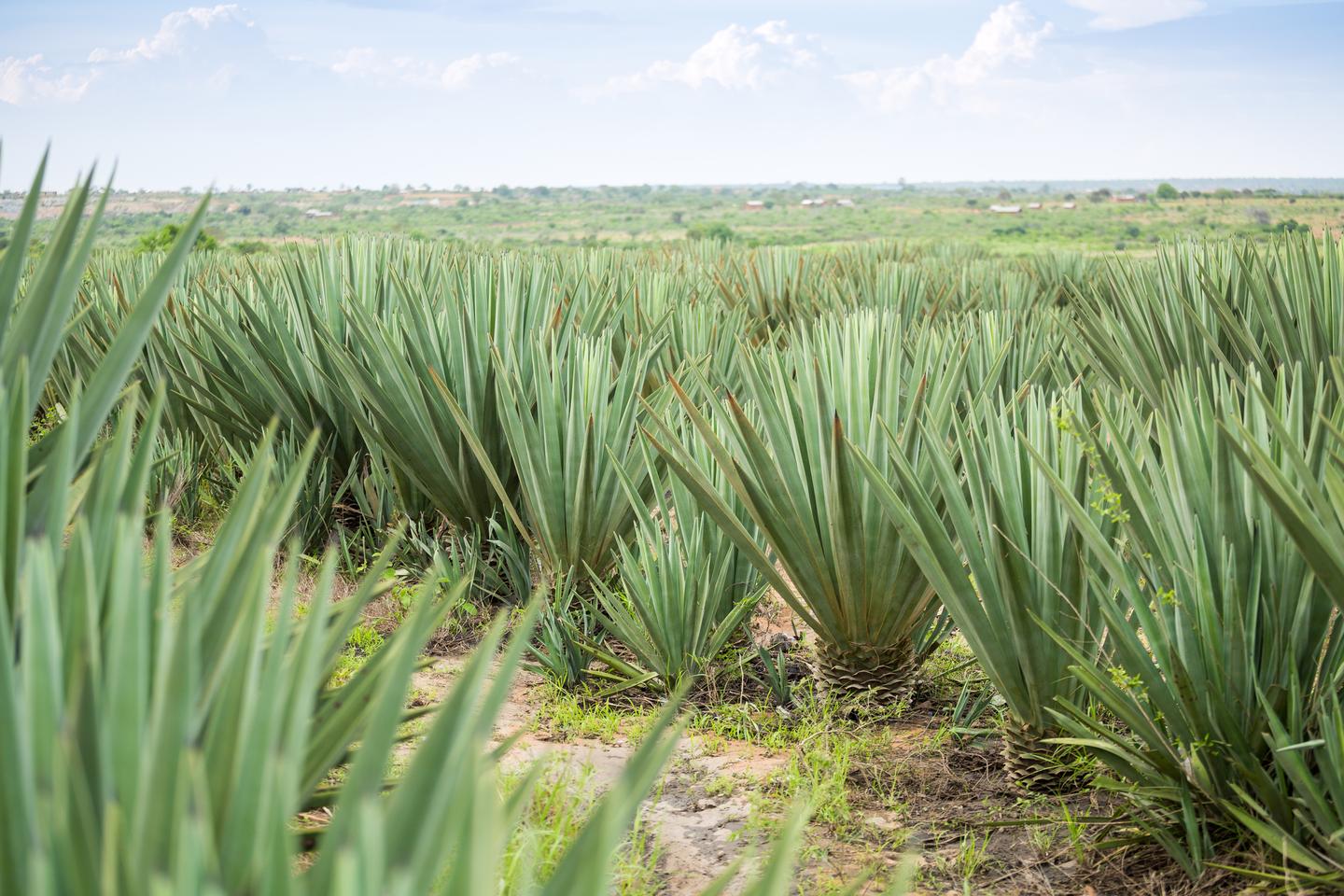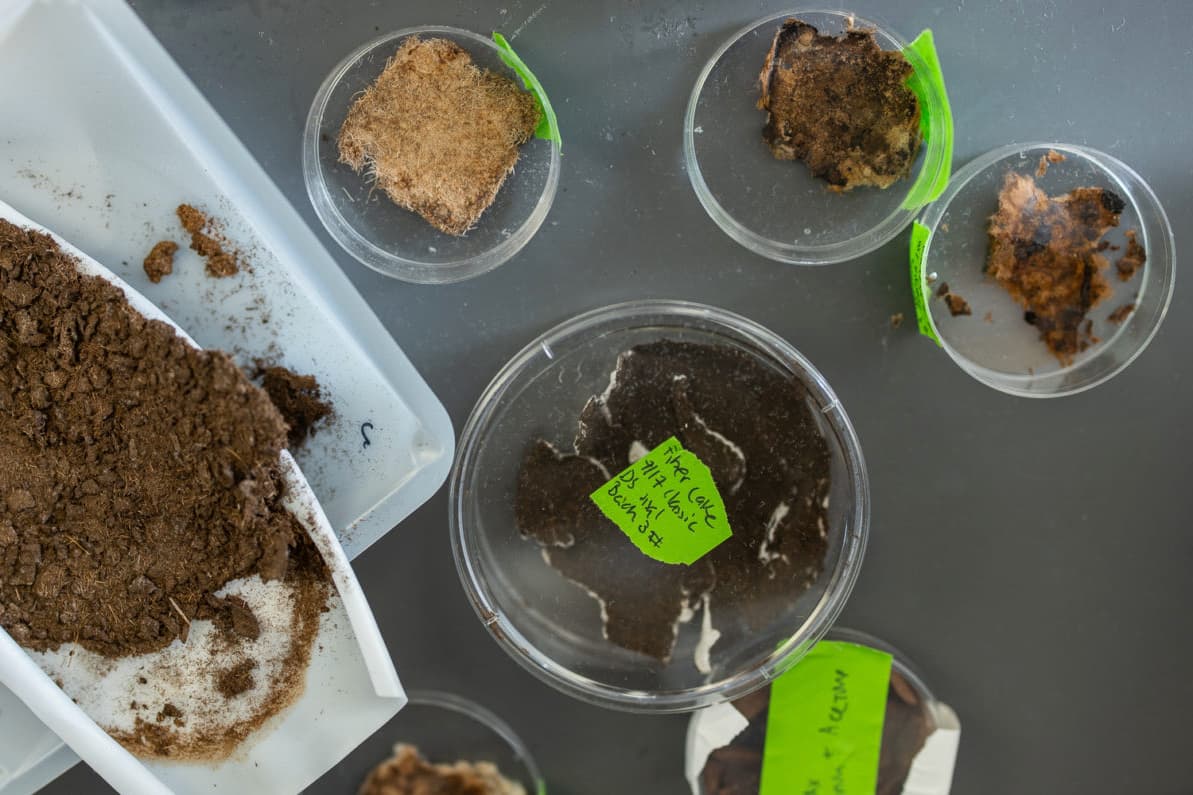Women and girls in industrial countries may have ready access to inexpensive menstrual pads, but such is not always the case in developing nations. That may soon change, however, thanks to the sisal plant.
In regions where pads are hard to come by, women and girls (and non-binary people) often have to stay home when experiencing their menses. This creates a problem known as “period poverty” in which they’re unable to attend school, go to their jobs, or otherwise get out and make a living.
Given the fact that lack of infrastructure – and funds – make it infeasible to continuously bring in pre-packaged menstrual pads, some groups have instead started exploring methods of making the things onsite from local plant-based materials. One of these groups is a Stanford University research team led by Assoc. Prof. Manu Prakash.
Cotton might seem like the obvious choice for supplying the absorbent core of the pads, but unfortunately the seeds are relatively expensive, plus the plants need a lot of water. After assessing some other options, Prakash and colleagues settled on the sisal plant, which was brought to their attention by Kenyan engineer Alex Odundu.

Depositphotos
A member of the agave family, sisal is a hardy succulent plant that can withstand arid conditions. And importantly, its thick sword-shaped leaves contain fibers that are routinely made into rope and twine.
The Stanford team developed a simple chemical process for ridding these fibers of their lignin, which is a tough polymer that makes up plants’ cell walls. The resulting lignin-less macro cellulose fibers are placed in a blender, where they’re broken down into a soft, absorbent material.
“You end up with this beautiful fluff that looks almost indistinguishable from cotton,” says Anton Molina, a doctoral student in Prakash’s lab and co-author of a paper on the study. “The microscale properties of the fibers are what makes sisal stand out. It’s a better alternative than, say, hemp or flax and exceeds the performance of commercially available cotton pads.”
Importantly, the chemicals utilized in the process can be made locally, plus they can either be recycled or converted into carbon dioxide and water after use.

Andrew Brodhead
The scientists are now looking into methods of manufacturing the waterproof outer layers of menstrual pads, using more plant-based materials. They have established a group called the Plant Pad Consortium, wherein institutions and organizations from around the world can collaborate on ending period poverty.
The paper was recently published in the journal Communications Engineering.
Source: Stanford University
Source of Article